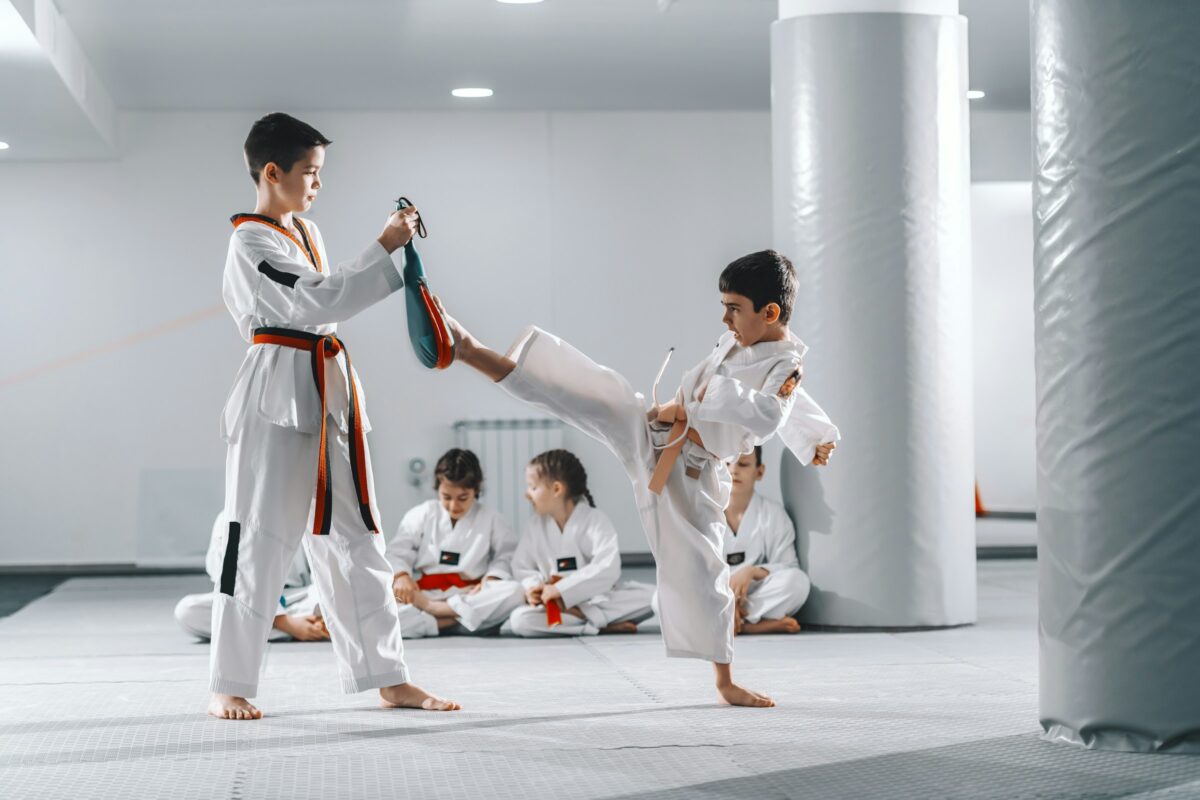
When martial artists step onto the mat for group sparring sessions, they enter a dynamic environment that extends far beyond individual skill development. These controlled combat simulations, where multiple participants engage in rotating partnerships and team-based exercises, create a unique training atmosphere that naturally cultivates collaborative behaviors. Unlike solo practice or one-on-one instruction, group sparring transforms the traditionally individual pursuit of martial arts into a collective endeavor that mirrors real-world team dynamics.
The beauty of group sparring lies in its ability to simulate complex scenarios that require immediate cooperation and shared problem-solving. Participants must navigate multiple opponents, coordinate with teammates, and adapt to rapidly changing situations—all while maintaining the discipline and respect that martial arts demand. This environment becomes a laboratory for teamwork, where practitioners learn that success often depends not just on individual prowess, but on how effectively they can work together toward common goals.
One of the most immediate ways group sparring fosters teamwork is through the development of enhanced communication and coordination skills. In these sessions, martial artists must convey intentions quickly and clearly, often relying on non-verbal cues and split-second verbal signals to synchronize their movements. Whether practicing Brazilian Jiu-Jitsu team drills or engaging in multi-person Muay Thai scenarios, participants learn to read their teammates’ body language and respond accordingly.
This communication extends beyond simple verbal exchanges to include a sophisticated system of gestures, positioning, and timing that becomes second nature through repeated practice. When one practitioner signals an opening or covers a teammate’s weakness, they’re developing the same coordination skills essential in professional environments where teams must work seamlessly under pressure. The structured nature of these sessions, often overseen by instructors who ensure fair play and safety, teaches participants to communicate effectively within established protocols—a skill that translates directly to workplace collaboration and other team-oriented activities.
The pressure-cooker environment of group sparring accelerates this learning process, as miscommunication can immediately impact the entire team’s performance. This creates a natural feedback loop where participants quickly learn to refine their communication methods, developing a shared language that reduces errors and improves group efficiency.
Perhaps nowhere is trust more essential than in group sparring, where each participant’s safety depends on their teammates’ control and adherence to safety protocols. This mutual vulnerability creates a unique bonding experience that forms the foundation of effective teamwork. When practitioners engage in controlled combat with multiple partners, they must trust that others will calibrate their intensity appropriately and respect established boundaries.
This trust-building process occurs gradually through repeated interactions, where participants learn to anticipate each other’s movements and reactions. In team-based scenarios, such as defending against multiple attackers or executing coordinated takedowns, one member’s actions directly affect the group’s success and safety. This interdependence naturally fosters a sense of camaraderie and collective responsibility that extends beyond the training mat.
The development of trust in group sparring also involves learning to rely on teammates’ strengths while compensating for weaknesses. A stronger grappler might pair with a quicker striker, each covering the other’s blind spots and creating a more effective team unit. This complementary approach teaches practitioners to value diverse skill sets and work together to achieve objectives that would be impossible individually, laying the groundwork for successful collaboration in all areas of life.
Group sparring, while fostering teamwork, inevitably presents opportunities for conflict. Disagreements about techniques, interpretations of rules, or even perceived unfairness can arise during intense training sessions. Addressing these conflicts constructively is a crucial aspect of teamwork that group sparring facilitates.
Participants learn to navigate disagreements by communicating their perspectives respectfully and finding common ground. Instructors often guide this process, encouraging students to articulate their concerns calmly and listen to opposing viewpoints. This process encourages empathy and understanding, as individuals learn to see situations from different angles.
Furthermore, group sparring teaches martial artists the importance of compromise and collaboration in resolving conflicts. Rather than resorting to aggression or defensiveness, participants learn to find solutions that benefit the entire team. This might involve adjusting techniques, clarifying rules, or simply acknowledging the validity of another person’s feelings. These skills are invaluable not only in martial arts but also in various aspects of life, from personal relationships to professional settings.
For those seeking to develop these essential teamwork and conflict resolution skills, Etobicoke Martial Arts in Toronto offers comprehensive programs, including martial arts classes in Toronto, designed to cultivate collaboration and effective communication in a supportive environment.
©2025 ETOBICOKEMARTIALARTS. All Rights Reserved.